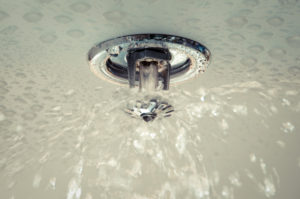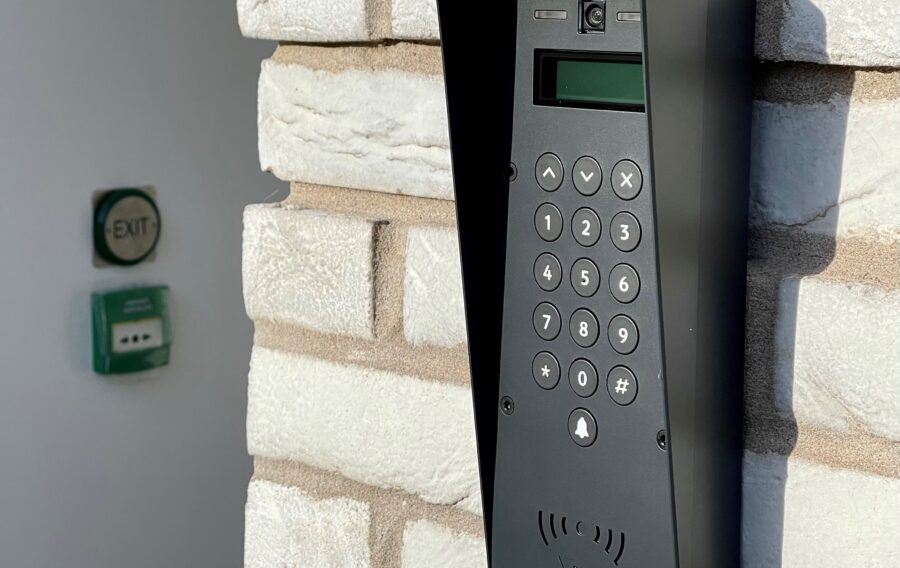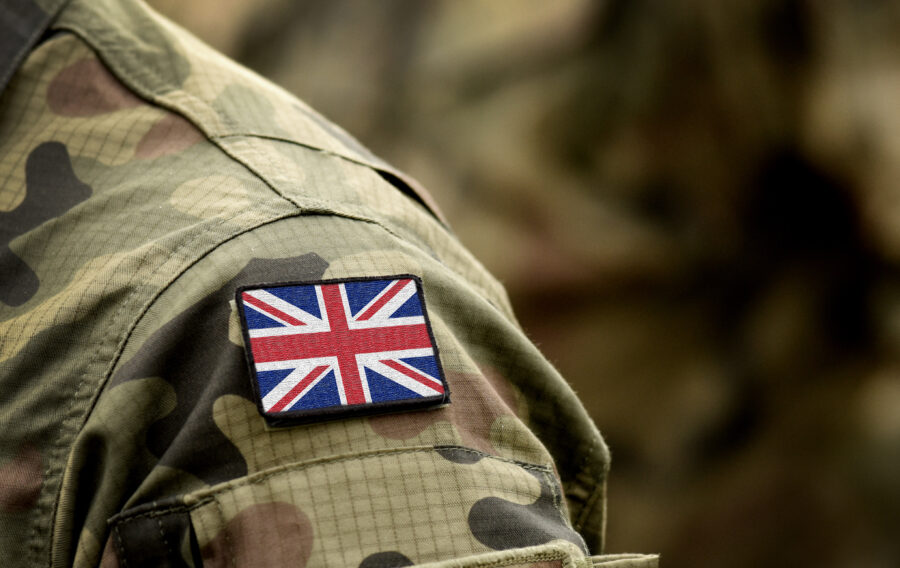Sprinkler systems play a vital role in limiting the impact of fire, particularly in large buildings such as offices, schools, and flat blocks. They are a fire suppression method, triggered by exposure to a set temperature, at which point they release a jet of water as an even spray. This helps to control, and in most cases, fully extinguish a fire.
LEGAL REQUIREMENTS

Due to their effectiveness, several campaign groups have lobbied to make sprinkler systems a legal requirement in certain environments. For instance, the Fire Industry Association (FIA) reported in 2019 that whilst UK Government guidance on safe school design says all new premises should be fitted with sprinklers ‘except in a few low-risk schools’, it is not a mandatory requirement in England (although it is in Scotland and Wales).
The Fire Brigades Union (FBU) and the National Education Union (NEU) have both been critical of the fact that the recommendation isn’t mandatory, with fears for the safety of pupils. Due to the recommendation not being mandatory, only 15% of new schools in England have been built with sprinkler systems in place.
Similarly, the London Fire Brigade (LFB) have been lobbying for sprinkler systems to be made mandatory in all purpose-built blocks of flats, all homes where vulnerable people live, and all buildings housing vulnerable residents (such as care homes). LFB have been particularly critical of property developers not following their recommendations, stating that ‘sprinklers are not a luxury, they save lives’.
CHANGE IN STATUTORY GUIDANCE
In May 2020 the UK government approved amendments to the Statutory Guidance to state that sprinkler systems should be fitted throughout blocks of flats with a top floor more than 11m above ground level. Consequently, in the vast majority of cases, sprinkler protection systems will be necessary in all newly built accommodation that falls above the new 11m regulation height.
The regulation height had previously been set at 30m. This change in guidance comes into force on 26 November 2020.
There has however, been no movement on the calls for sprinkler systems to be implemented in buildings housing vulnerable people, with the Government report stating they would consider further amendments at a later date.
DESIGNED FOR THE FUTURE

With so much focus being placed on building regulations, and increasing calls to improve fire safety (both in the design of new buildings and by updating older buildings), it seems logical that adopting sprinkler systems for public buildings will become ‘the norm’.
As a member of the UK’s leading professional trade association for the fire sprinkler industry (British Automatic Fire Sprinkler Association – BAFSA), Churches Fire & Security customers can be sure that their sprinkler systems are installed to the highest possible standard.
Over 85% of all sprinkler systems in the UK are installed by BAFSA members and we are proud to be one of them. This means that we have access to the best technical advisors and the latest training. Our association with BAFSA means you can be confident that we are experts in installing and maintaining sprinkler systems.
To discuss how sprinkler systems can benefit your business, please contact Churches Fire & Security.
Get in touchrequest a callback
Fill out your contact details and one of our colleagues will be in touch to discuss your needs.






